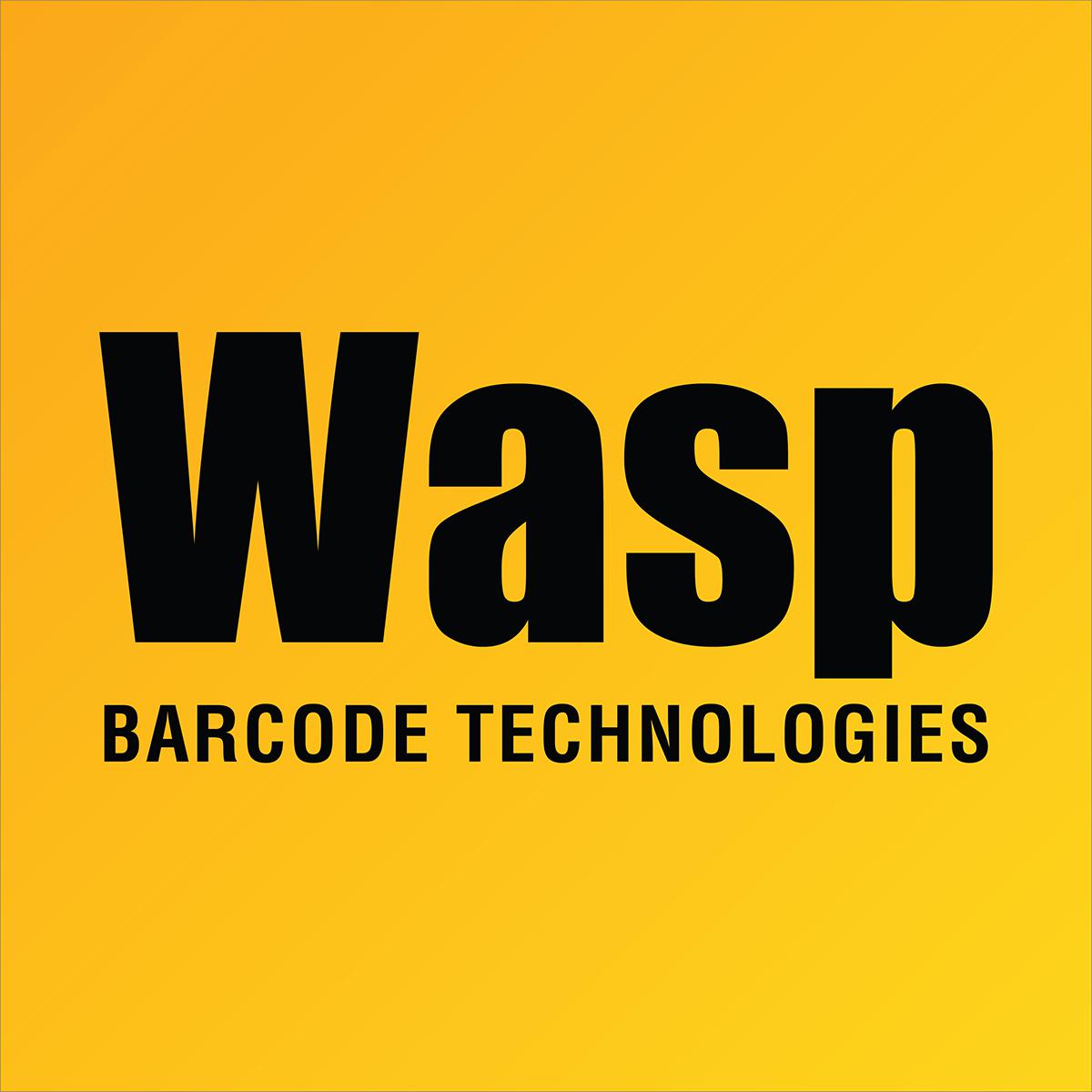Wasp Labeler v7 will pull information from QuickBooks and allow you to make labels, with or without barcodes, based on that data.
When setting up Labeler's connection to QuickBooks, QB needs to be running on the same PC. The user needs to be logged into QB as Admin in single-user mode (other users will not have access to data). If Labeler gives a message that either Quickbooks is not running, or the Company file is not open, you will need to enable UAC in Windows (to get QB to prompt to access the data).
To see data, put a check in any table, then Apply, this will bring the data into Labeler. After the connection has been established and the label file saved, the user may establish multi-user mode in QuickBooks.
You will connect the label to QB using the external data wizard, and then you can map items on your label to the fields you want. There are instructions in the Getting Started section and the External Data section of the built-in Help files.
From Labeler v7's QuickBooks connection screen:
"QuickBooks® tables from which you can retrieve data are listed below. Data from selected tables will be retrieved after you click the 'Apply' button. If you select the Customer and/or Vendor table, all data from those tables will be retrieved. If you select the Credit Memo, Invoice, Purchase Order or Sales Receipt tables, you must specify a filter to retrieve data."
These tables (and the fields within) are the only ones that Labeler can access. Unfortunately, Intuit does not make any QuickBooks custom fields (including the Barcode field) available to integrated applications like Wasp Labeler.
Tables that Intuit gives Labeler access to (these are the checkboxes in Labeler):
Customer
Credit Memo
Invoice
Purchase Order
Sales Receipt
Vendor
Each of these tables has numerous data fields available that can be assigned to Labeler's barcode or text objects.
After filtering one of those tables, these are the tables Labeler retrieves from the list above: account, bill, check, creditmemo, customer, customerbilladdress, customershipaddress, customertype, employee, estimate, invoice, iteminventory, iteminventoryassembly, itemnoninventory, itemothercharge, itempayment, itemsalestax, itemsalestaxgroup, itemservice, jobtype, lineitem, lineitemgroup, othername, paymentmethod, paryollitemwage, purchaseorder, salesreceipt, salesrep, salestaxcode, shipmethod, vendor, vendoraddress, vendorcredit, vendortype
Rate the quality of this page
21 of 39 people found this page helpful



